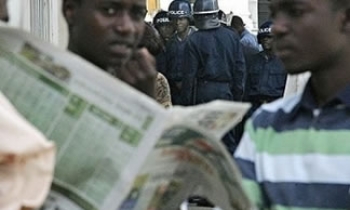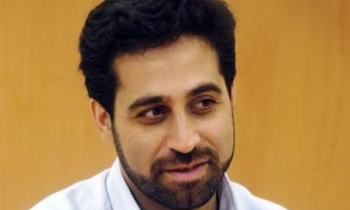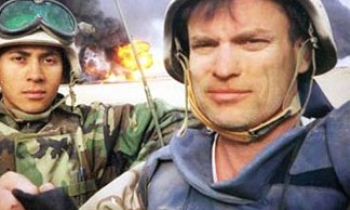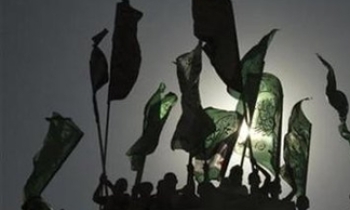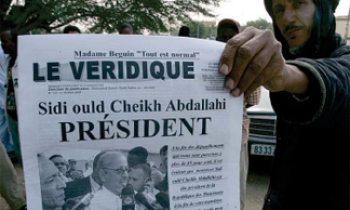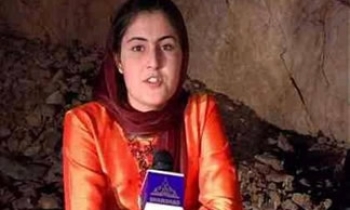Despite continued difficulties with security and reconstruction, television is gaining ground in Afghanistan as the most important news and entertainment source in urban areas, particularly the capital, Kabul, a recent survey has found.

“Television use and importance is rising most quickly in Kabul, where socioeconomic conditions are better than in the rest of the country, and among young people 15-24,” says Jacob English, an InterMedia Project Manager for the Middle East and North Africa.
“From 2005 to 2006, television access in the city rose from 59 to 78 per cent. Even urban residents who can’t afford to buy a television set have greater access to places where TV is available —others’ homes, cafes and work places. However, due to problems with infrastructure, mainly a lack of consistent electricity and little disposable income, television’s appeal is more socially desirable than affordable for many Afghans.”
InterMedia is an international media research, public opinion, evaluation and consulting organization based in Washington, US. InterMedia commissioned the nationwide (31 of 34 provinces) survey of 3,110 respondents. Interviews were conducted in September 2006. Given a sample of this size, the range of error with a 95 per cent confidence interval is ±1.76 per cent.
In a country where 84 per cent of the population is rural, the urban-rural split is pronounced: nationwide only 37 per cent of Afghans claim to watch TV weekly, compared to 89 per cent in Kabul.
The capital’s viewers can choose from six privately run channels. InterMedia found that Tolo TV, funded by an Australian based Afghan businessman, is most popular, with programmes including a nightly newscast, roundtable discussions, Islamic programming, and shows on cinema, cooking, music and sports.
Afghan State TV is the second most important information source. The station’s principal focus is news, the tone of which is usually consistent with the government line. When it has strayed from this, officials, religious leaders and culturally conservative print outlets have accused the channel of sowing dissent and disrespecting Islam, which in turn has resulted in some self-censorship.
Other challenges remain before Afghans have true choice in terms of media platforms and diversity of views. More than 25 years of war has devastated the country’s infrastructure, leaving radio as the most reliable means of news and entertainment (Afghanistan remains a radio culture —92 per cent of Afghans own a radio, 73 per cent listen weekly). Further, the resurgent Taliban and the reactivation of the Department for Promoting Virtue and Punishing Vice frighten Afghans, worried about possible future dire consequences from watching television’s more risqué fare.
“In 2006,” English says, “Afghans witnessed increased violence in their country, yet interest in news and overall media consumption declined. This is unusual because media use typically spikes during wars and other crises. But in Afghanistan, many are skeptical of domestic media, perceiving these outlets as biased due to their ties with political figures and factions —thus, the decreased interest in news, which may be due at least in part to dissatisfaction with available media outlets. Nonetheless, the need for news and information will not disappear.”
In a country where 56 per cent of the people are under 34, young Afghans embrace television and other new technologies more readily than older generations. TV access among those 15-24 has remained steady at more than 30 per cent since 2004, but averages less than 15 per cent for those over 45. International and local media producers realize this and are creating programmes to target young Afghans.
Young Afghans, English says, are becoming more curious about new technologies and are most likely to drive media consumption patterns in the long run. Western influences —close to 60 per cent of youths 15-24 view the United States favourably —and the prestige associated with television ownership may also impact their media choices.
“Once this new generation sees and hears the images and voices of television, their demand for this media will likely rise,” he says. “It’s unlikely they will return to the radio of their parents.”

